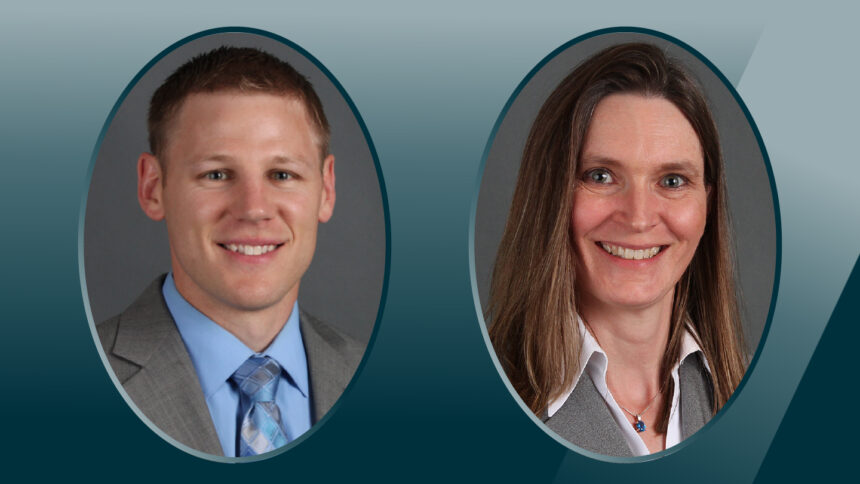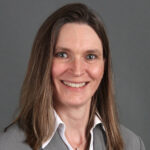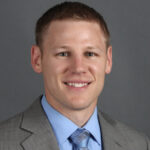
Senior living organizations are finding that the priorities of yesteryear far different from today. Just as with many other aspects of our society, the pace of change has heightened for the industry. We’ve seen our senior living clients’ priority lists change as they seek to provide a mixture of uses, for a range of ages, and care and services that are specialized to each resident’s needs.
Innovative design solutions are necessary
As a significant shift in assisted living and other senior living communities is occurring, innovative solutions are required to meet the various care communities’ needs. In some instances, regulations have not kept up with those needs, nor the research, best practices, new products and special exceptions that will best serve resident needs.
Construction and architectural consultants are creatively addressing those challenges while meeting the intent of the local building codes, even when those solutions are not explicitly authorized. Existing codes sometimes can be years behind the continuum of care needs and solutions, so a petition for variance sometimes is required.
Consider the grab bar variance. Research data, as well as experience, shows that swing-down grab bars can be more valuable for residents and staff members in assisted care environments. Contrasting current code standards, swing-down grab bars are non-handed (ergonomic for right or left-handed people) and provide flexibility for residents who have unbalanced upper body strength due to stroke or injuries.
Petitions should be pursued in collaboration with all involved parties (owner, operator, care staff, plan reviewers, inspectors, state officials, etc.) to ensure that the intended outcome is achieved and not taken lightly.
Thinking differently about staffing
With staffing shortages, we also must consider creative approaches to staff enticement and retention. Some providers offer flexible schedules, housing stipends and even subsidized child day care on-site to recruit and retain qualified staff members. Those efforts can reduce the stress that employees experience outside of the workplace, which can positively affect their mindset and attitude at work.
Additionally, staff efficiency is a high priority for our senior living clients. Helping staff members be more productive is critical. We all understand that staff members are one of the most important factors in delivering quality services and care. Obtaining the most from your staff is accomplished by improving their experience and creating a workplace that allows them to work without barriers to success.
We can move toward greater effectiveness by engaging caregivers, culinary staff members and additional key stakeholders in discussions to uncover the complex details that ultimately will lead them to be fully successful in supporting resident independence and care. Their involvement should begin during the building planning phase. They not only can provide input that can help you make wise choices in terms of the location and size of certain spaces, but they also can offer insights that can come only from those who work, day in and day out, with your residents. Asking for their involvement shows your respect for their knowledge and opinions and also may result in reduced costs and added efficiencies.
Technology for today and tomorrow
What is the proper use of technology to make staff members’ work easier? You likely are aware of applications such as fall detection, smart vital monitoring and social connectivity tools. Those tools often are proprietary, and interconnectivity with higher-level systems such as nurse call and security systems often is incomplete.
The latest technology breakthroughs increasingly are developed at the vendor level versus the industry or system level. Operators and administrators, looking to be on the forefront of technologic advancement, should engage with vendors that are on the cutting edge of specific systems. They should seek to participate in beta tests and be active in creating the end solutions that will serve staff members and residents most effectively.
Regardless of what technologies are considered, be certain to implement a robust wired and wireless infrastructure in any building project. Doing so will allow simpler “plug and play” as technologic advancements develop. A good infrastructure will only aid in staff and resident/family interaction, resulting in less frustration and expanded opportunities for all users.
Wellness wows!
Wellness is more critical in senior living today than it ever has been. Wellness includes everything from physical fitness to social engagement. As you traverse the wellness landscape in 2023, be aware of several trends that you could consider while planning and making improvements to current wellness paradigms and programs. Wellness activities should create deeper connections, higher levels of engagement and more fulfilling experiences for both residents and associates.
The expansion of wellness programs throughout the industry has enabled operators to offer more program customization without overwhelming their operations. Thorough evaluations that focus on lifestyle, preference and resident history at the front end of the resident onboarding process are vital to creating a more personalized experience for each resident. A customized approach also provides energy to whole-person wellness by aiding residents in maintaining physical activity, a sense of purpose and connectivity. Providing a variety of choices can encourage a sense of independence for residents.
We believe that every operator’s goal should be to create a stronger sense of community. True communities are integrated and vibrant, built around social engagement models. When residents are empowered, they can choose how they want to participate and contribute instead of assuming that associates will do everything for them.
Building community also can benefit by planning your communities to allow more independent living alternatives. Entering earlier into a continuum of care has benefits for both residents and staff members. Residents have more freedom to participate actively in the day-to-day programs that are offered on campus, getting to know staff members and other residents. Staff members, likewise, become familiar with residents and can track and better understand health needs as they surface.
Future success
We can’t predict the future—or at least not entirely. But choosing to focus on staff efficiency and effectiveness, providing flexibility of care and using technology wisely are sure to pave the way for future success.
Julie Heiberger is a senior project architect and the senior living market leader for Hoffman Planning, Design & Construction Inc. With more than 25 years of experience, her expertise centers on designing sustainable senior living communities that address the latest care models and industry trends. A member of the American Institute of Architects and the National Council of Architectural Review Boards, Heiberger received her Master of Architecture degree from the University of Wisconsin–Milwaukee, where she also spent time as an adjunct professor of architecture. She may be reached at [email protected].
Jon Rynish is a senior project architect with Hoffman and a Leadership in Energy and Environmental Design (LEED)-accredited professional. A graduate of the University of Wisconsin-Milwaukee with a Bachelor of Science degree in architectural studies, he has more than 15 years of experience in the design profession. He has collaborated on numerous senior living community projects for a variety of clients, specifically those for religious congregations, county providers and nonprofits. He may be reached at [email protected].
The opinions expressed in each McKnight’s Senior Living guest column are those of the author and are not necessarily those of McKnight’s Senior Living.
Have a column idea? See our submission guidelines here.



